World Space Week 2023 is a global event dedicated to commemorating the achievements of science and technology and their positive impact on humanity.
World Space Week (WSW), which runs from October 4–10 each year, was established by the UN General Assembly in 1999. Throughout the world, science and technology are celebrated during World Space Week for their positive effects on society. It serves as a reminder of the remarkable strides made in the field of space exploration and its benefits for our world.
Table of Contents
Why space week is celebrated from Oct 4-10 each year?
It is celebrated on these dates because two significant events occurred on these dates.
- On October 4, 1957: Orbit exploration was made possible by the launch of Sputnik 1, the first Earth satellite built by humans, into space.
- On October 10, 1967: The Treaty on the Principles Governing the Activities of States in the Exploration and Use of Outer Space, Including the Moon and Other Celestial Bodies, came into effect.
The theme of world space week 2023
The theme of World Space Week 2023, “Space and Entrepreneurship,” acknowledges the increasing importance of the commercial space sector and the growing opportunities for space-related entrepreneurship. It highlights the new advantages and innovations introduced by space entrepreneurs. The ongoing process of miniaturization and reduced launch costs has made it feasible for small businesses to develop and launch small satellites, as well as for entrepreneurs to create valuable data products for both governmental and industrial use.
World Space Week 2023 aims to inspire students worldwide to pursue studies in STEM (Science, Technology, Engineering, and Mathematics) and business. Additionally, it provides space companies with a platform to recruit the talent necessary for the expanding commercial space industry. The event will also facilitate critical discussions on the transformation of Low Earth Orbit into a more entrepreneurial ecosystem.
The growth of World Space Week underscores the global recognition of this coordinated timeframe for celebrating space-related achievements, motivating students through space-related activities, and promoting space-related programs, policies, and institutions. World Space Week is celebrated by a vast network of over 1,000 space-related organizations, making it the largest network of its kind globally, according to the World Space Week Association (WSWA).
The theme of world space week 2022
The theme of World Space Week 2022 is “Space and Sustainability,” with an emphasis on attaining sustainability from space as well as in space The relationship between space sustainability and human use of space, particularly the orbital zone surrounding the Earth, serves as the inspiration for the theme.
Objectives of World Space Week
- give special weightage for space outreach and education
- Inform people everywhere about the advantages that they obtain from space
- Increase space utilization for sustainable economic development.
- Explain public support for space programs.
- Inspire youngsters about math, science, and technology.
- Promote worldwide cooperation in space outreach and education.
What is space?
Space is everything in the cosmos that is above the level of the Earth’s atmosphere, including the Moon, Mars, other stars, the Milky Way, black holes, and far-off quasars. The pressure in space is incredibly low, and it is practically completely devoid of matter. Because the molecules in space are too far apart for sound to travel between them, sound cannot travel through space.
The huge distance in space is measured in “light years”. 1 light year is the distance light travelled in a year i.e around 5.8 trillion miles or 9.3 trillion kilometers.
Outer space is typically believed to begin at the Kármán line, which is 100 kilometers (62 miles) above sea level, from our Earth. This is a hypothetical boundary located at an altitude where there isn’t much air to breathe or light to scatter.
How World Space Week is celebrated?
Space agencies, aerospace firms, educational institutions, planetariums, museums, and astronomy clubs all over the world hold space education and outreach activities throughout World Space Week. The public and media pay more attention to these timed space activities.
UNOOSA – UN’s Office for Outer Space Affairs
The United Nations has understood that life in space adds a new dimension to human existence from the beginning of the Space Age. The United Nations Office for Outer Space Affairs (UNOOSA) is the UN department in charge of encouraging global cooperation in space exploration for peaceful purposes. UNOOSA acts as the secretariat for the United Nations Body on the Peaceful Applications of Outer Space, the only committee of the General Assembly dedicated only to international cooperation in the peaceful uses of space (COPUOS).
The UN Register of Objects Launched into Outer Space is maintained by UNOOSA, which is also in charge of carrying out the Secretary-General’s responsibilities under international space law.
Frequently asked question
1. When was the first artificial satellite placed into orbit around the earth?

The Union of Soviet Socialist Republics launched “Sputnik-1,” the first artificial satellite, into Earth orbit on October 4, 1957.
2. When was the first animal sent into orbit around the Earth?
“Laika” the dog orbits the Earth on NOVEMBER 3, 1957, proving that humans and other living things can survive a rocket launch into space.

3. What is the first spacecraft to orbit the Sun at escape velocity?
Luna 1, the first spacecraft to reach escape velocity and orbit the Sun, was launched by the Soviet Union on January 2, 1959.
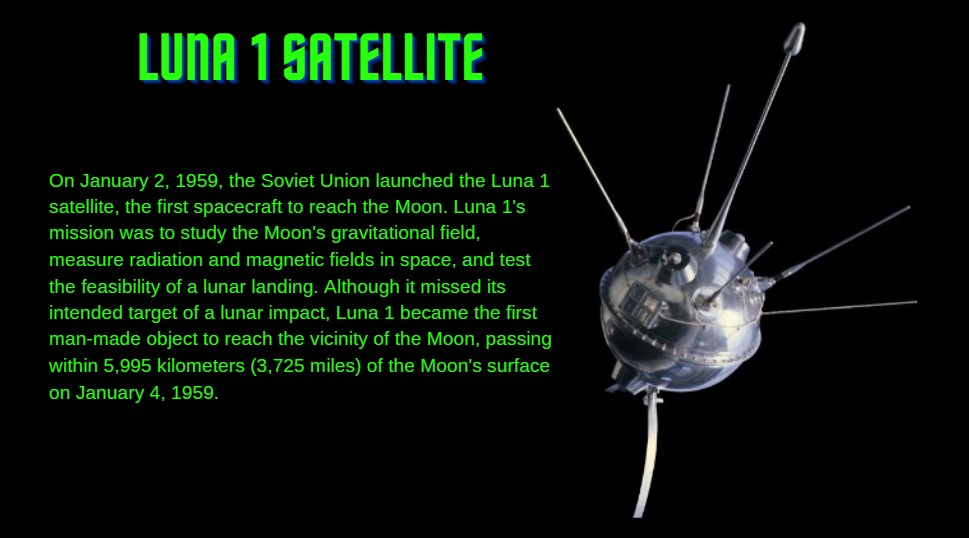
4. When was the first weather satellite launched successfully?
The first Earth observation satellite, TIROS-1, broadcasts back images of the planet on April 1, 1960, giving meteorologists a potent new tool for weather forecasting.
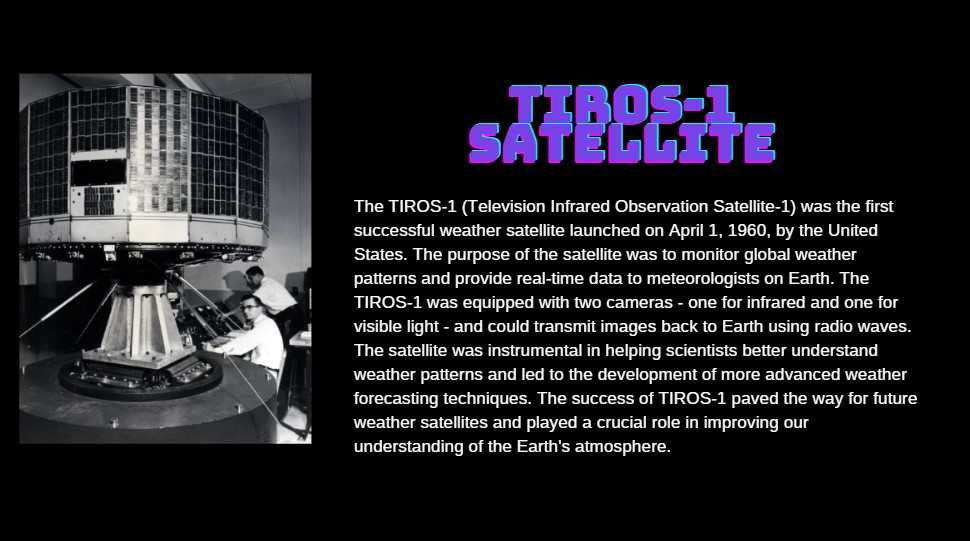
5. Which year did the first manned space mission launch?
The first space explorer in the world, Yuri Gagarin of the Soviet Union, orbited the Earth in “Vostok 1” on APRIL 12, 1961.
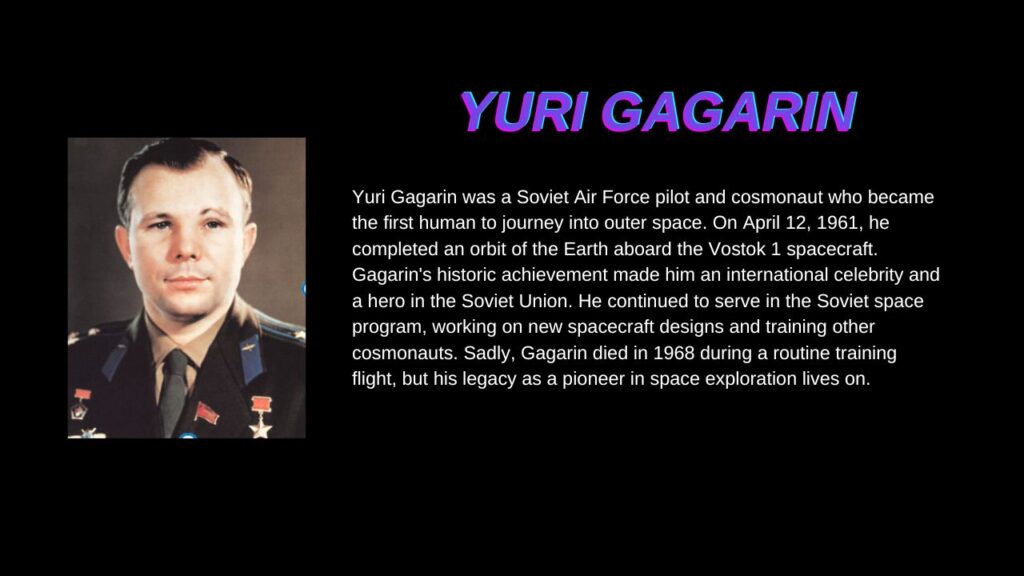
6. When was the first communications satellite launched into earth’s orbit?
The Telstar-1 satellite, developed by engineers in the United States, United Kingdom, and France, is launched into low Earth orbit on JULY 10, 1962, and it transmits radio and television transmissions across the Atlantic.
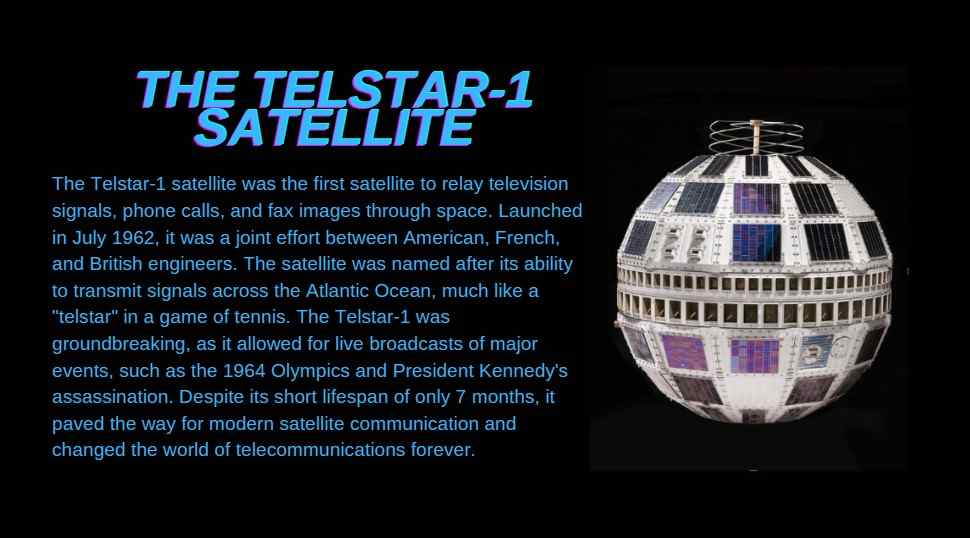
7. When did the first woman orbit the Earth?
The first woman in space is Soviet Cosmonaut Valentina Tereshkova, who enters into Earth orbit aboard “Vostok 6” on JUNE 16, 1963, for a three-day mission.
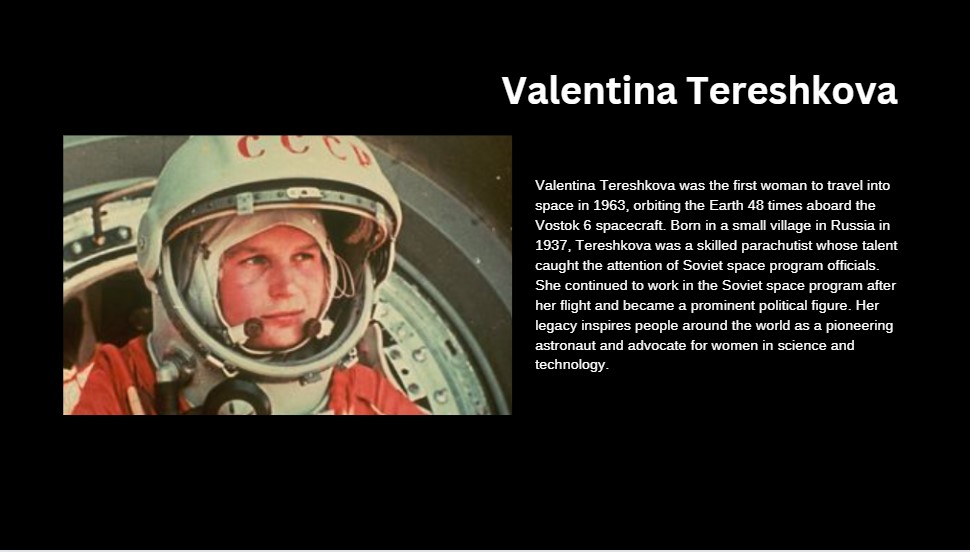
8. When was the First geostationary satellite launched?
On August 19, 1964, Telecommunications satellite Syncom-3 successfully launches into the geostationary satellite orbit appearing to be fixed in space above the Equator. Using it, the United States was able to watch live television coverage of the 1964 Olympic Games in Tokyo, Japan.
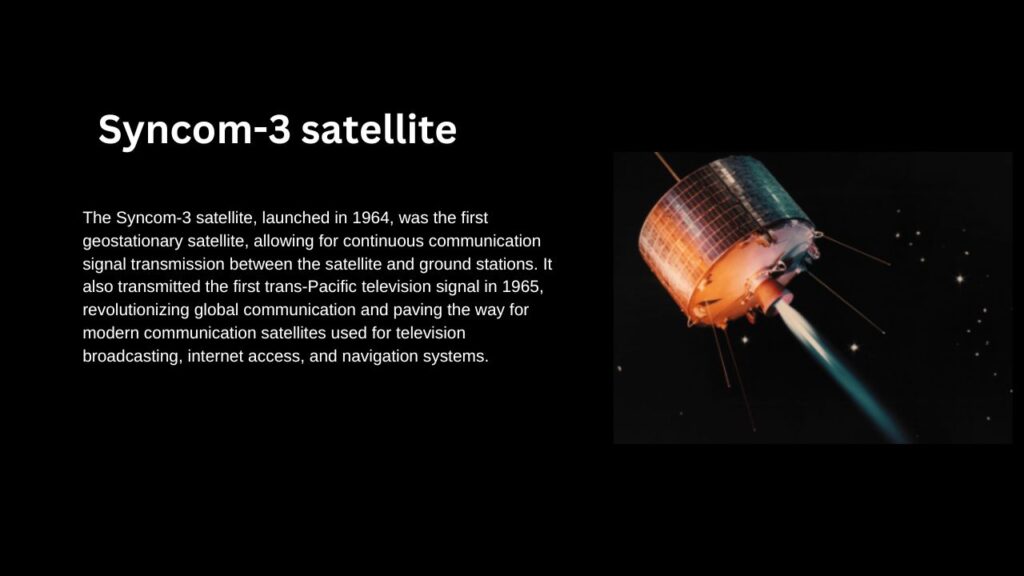
9. Which cosmonaut perform the first space walk?
The first-ever “spacewalk” is performed by Soviet cosmonaut Alexei Leonov on March 18, 1965. Before joining his crewmate Pavel Belyayev on the “Voskhod 2” spacecraft, Leonov spends twelve minutes in the harsh vacuum of space.

10. What are the names of the first people to walk on the moon?
American astronaut Neil Armstrong becomes the first person to step foot on a celestial body on July 21, 1969, with Edwin Aldrin Jr, the Apollo 11 crew explored the lunar surface for two and a half hours.

Read Other Articles:
- International Olympic Day 2022
- Yoga- When And Where Its Origin And How To Meditate?
- World Refugee Day: Significance, History, Theme, and facts
- World Wind Energy Day
- World Day Against Child Labour
- World environment day: Why it is celebrated?
- International Chocolate Day 2022
- International Day Against Drug Abuse And Illicit Trafficking
- World Day For International Justice 2022
- WORLD POPULATION DAY : HISTORY, PURPOSE, SIGNIFICANCE
- International Cat Day 2022
- The International day for older Persons: History,Theme & significance

